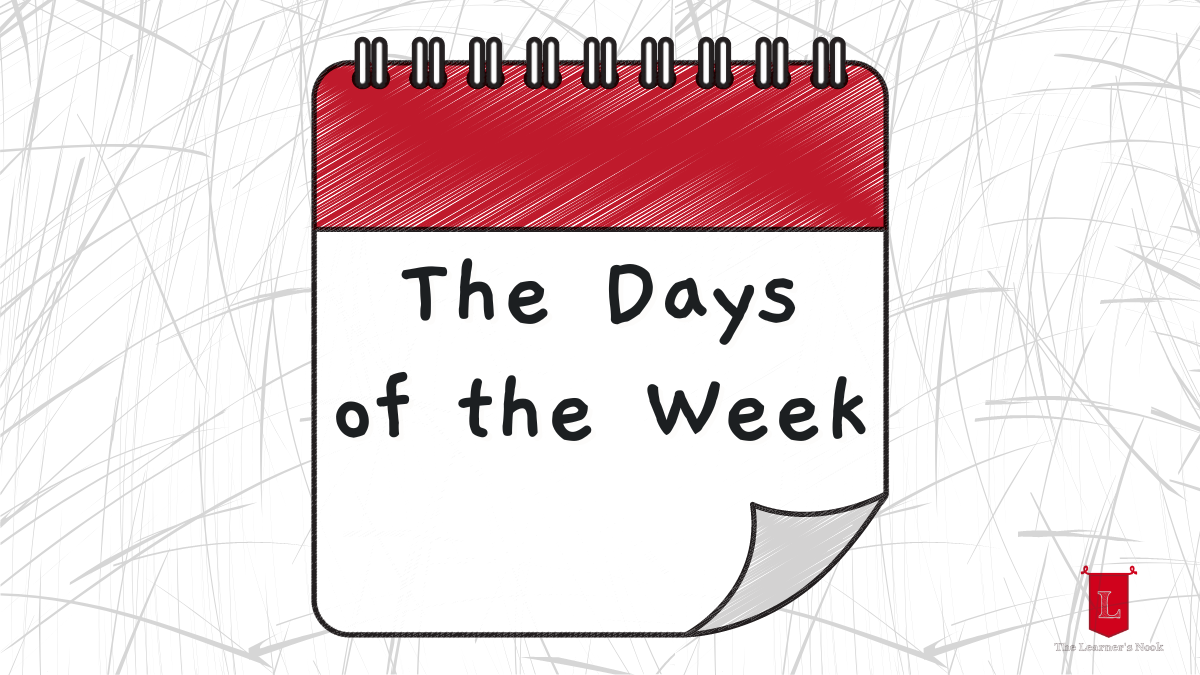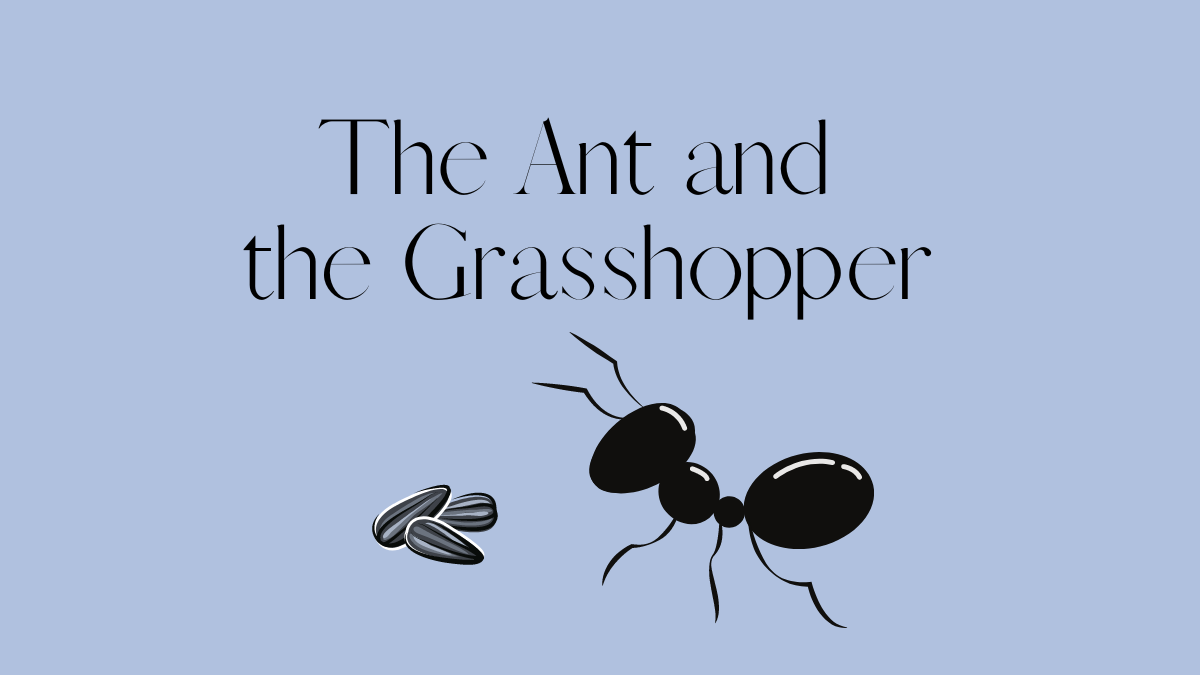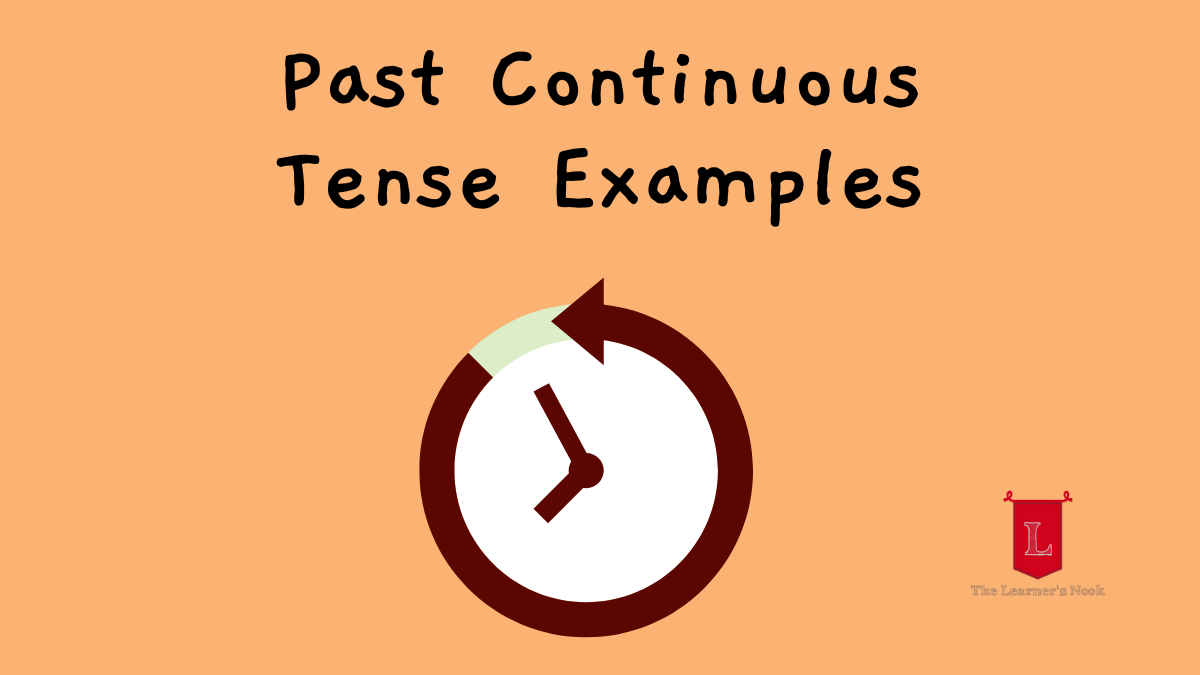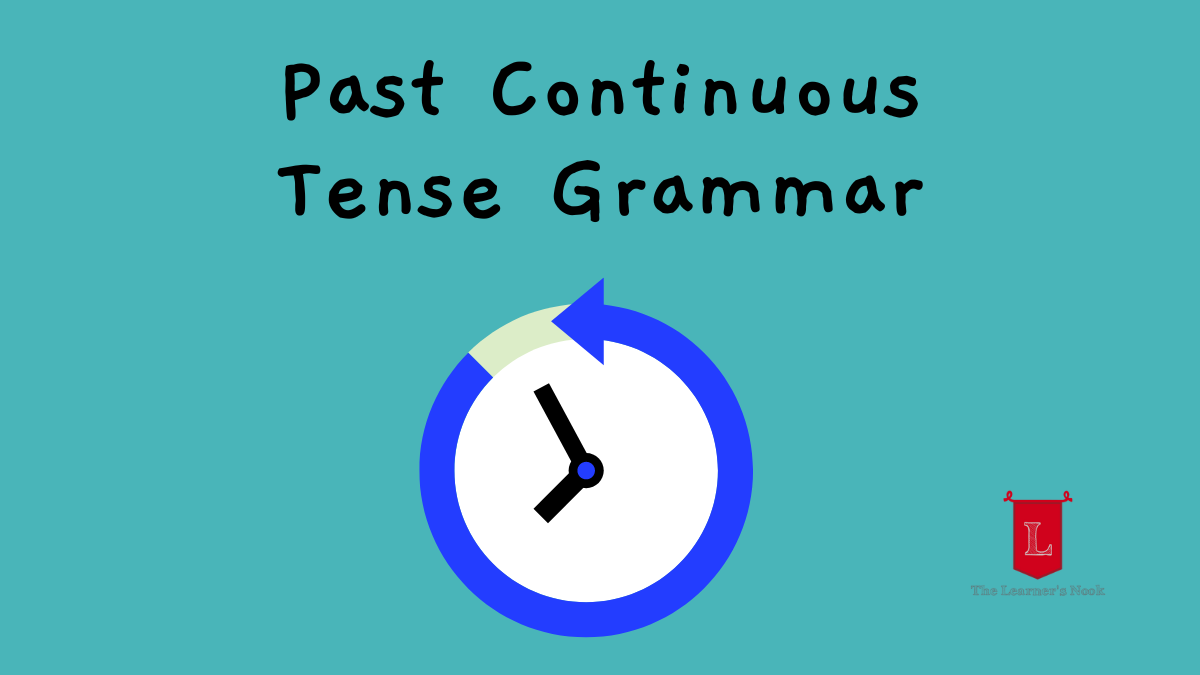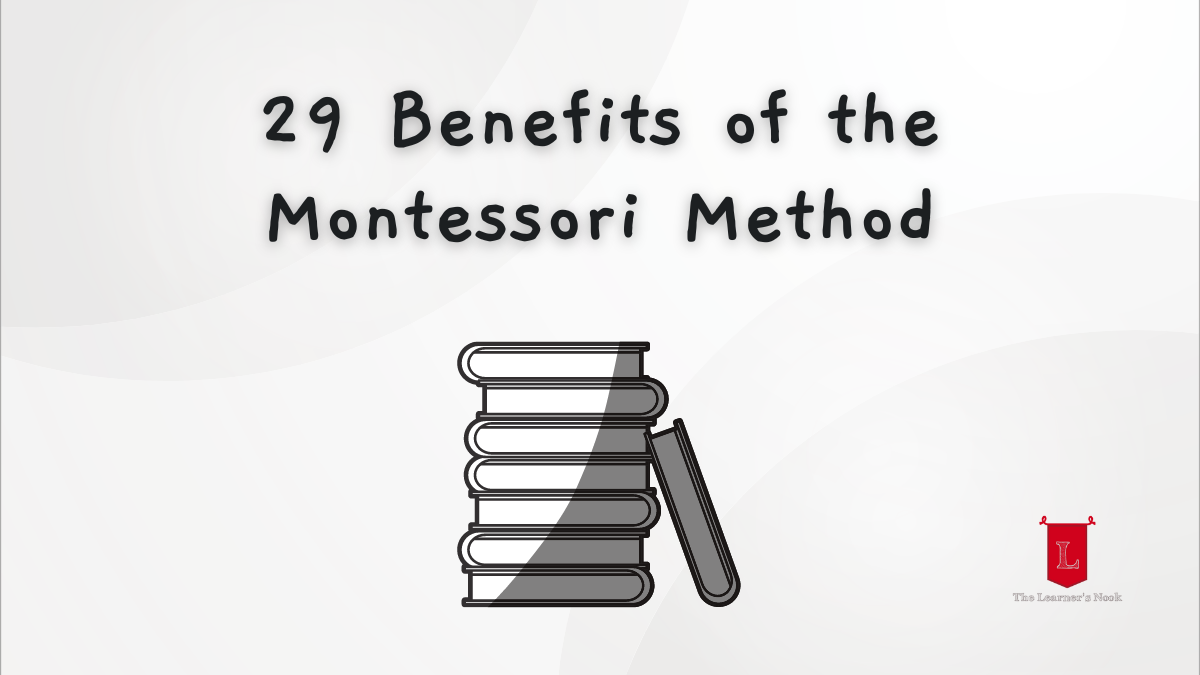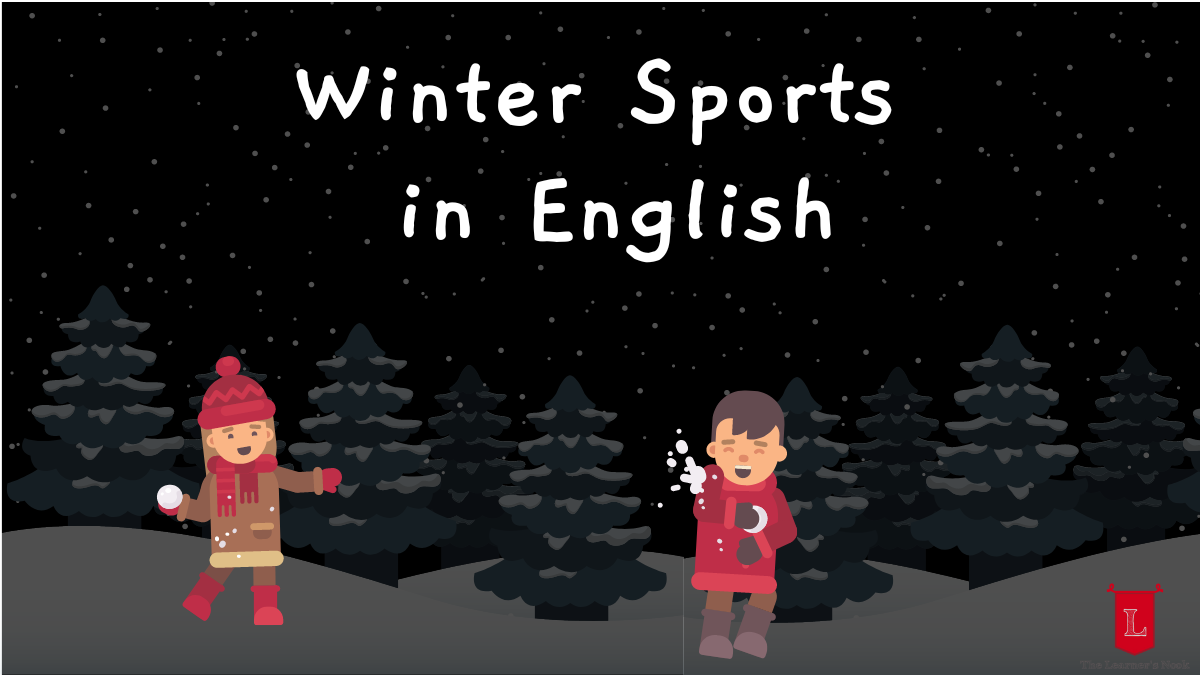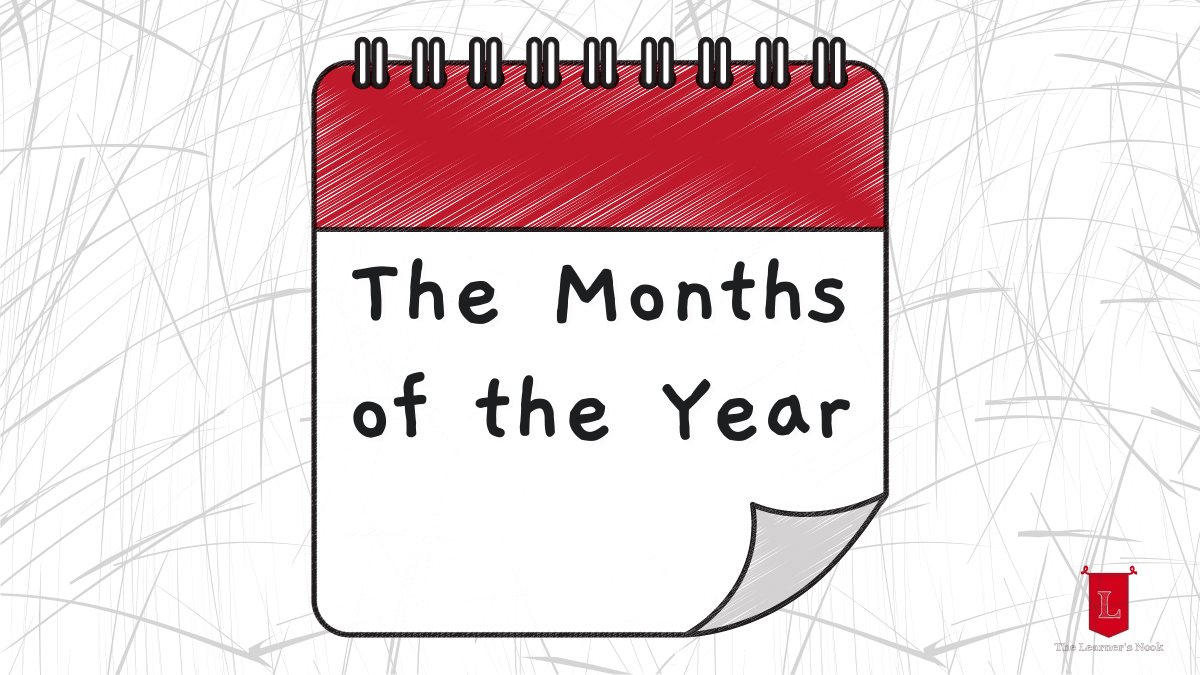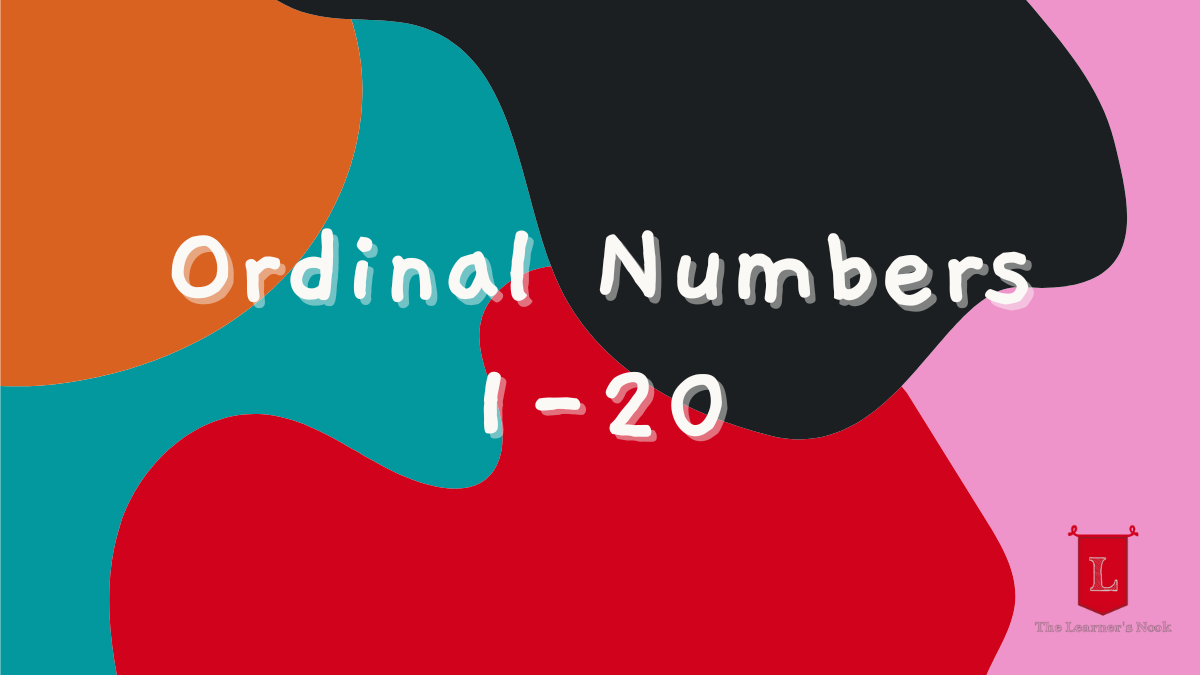29 Ways the Montessori Method Can Benefit Your Child
For a lot of people, there is a lot of confusion out there about what Montessori is all about. In this article, we don’t want to get too involved in the details of how the Montessori method works, instead we want to go over some of the benefits it can have.
Even if you don’t want to send your child to a Montessori school, you can still incorporate some of their ideas into how you teach your child at home.
If any of these 29 benefits sound good to you, we would encourage you to look more into how Montessori could help your child.
1. Independent Learning
The Montessori style of learning fosters independence. Students are free to make their own choices about what they want to study (within reason) instead of being told what to do and when.
This style of learning should help foster your child’s independence, especially when it comes to learning about the world around them.
2. Individualized Education
One of the major tenets of a Montessori classroom is that learning is far more individualized. Basic classes and skills need to be met, but how those goals are achieved and the topics you encounter are going to reflect the interests of the child at hand.
When a child is interested, they learn better. By tailoring education to your child, a good teacher can work with your child’s strengths while shoring up their weaknesses.
3. Class Stability
The bond between a teacher and a student can be incredibly strong. In most schools though, teachers only get one short year with their pupils. In Montessori schools, classes stay together for three years. This gives teachers time to get to know your child and their learning style.
4. Encourage Curiosity
Children are naturally curious. Montessori schools give children the freedom to explore that curiosity. It then rewards them with lessons that will teach them things that they want to learn.
Too much of modern education can stifle curiosity when it is outside of the curriculum, and Montessori is certainly an antidote for that.
5. Inspire Confidence
Montessori schools can be a boon for students who lack confidence. Whether it is due to learning outcomes or classroom pressures, lots of students fail in traditional classrooms. The more relaxed atmosphere in Montessori schools can help these students find their strengths and grow them.
In time, this growth will also inspire the self-confidence that so many young people lack.
6. Room for Creativity
Anyone who has been through a public school knows that there can sometimes be little room for anything outside of the curriculum. Days are planned out well in advance, and teachers always have one eye on the final exam.
By letting things flow more naturally, teachers and students are more able to let the creativity flow. As well, more time and energy can be spent on the creative arts, which are often lacking when test prep takes precedence.
7. A Focus on Social Interaction
So much of school nowadays can be sitting at a desk for 6 hours a day. The teacher speaks as the student listens.
Montessori schools put a big focus on group work and class activities in the station system. This allows for more communication between classmates, fostering friendships, social growth, and teamwork.
8. Inspired by Nature
Learning through nature is one of the main pillars of the Montessori method. Not being bound by the timetables of normal schools, Montessori classrooms can explore nature and have children learn from the world around them.
9. Accessible for all Learners
Since so much of the learning is individualized, the Montessori system is perfect for those who have difficulties in traditional classrooms. Whether this is because of anxiety, physical disabilities, or language barriers.
By slowing down and teaching each child specifically, your child’s specific needs can be better catered to, especially if they fall outside of the norm.
10. Allow Talented Teachers to Shine
Teachers are some of the most amazing professionals on the planet. They inspire and teach the next generation. But, too many teachers are restricted by curricula and overpacked classrooms.
The Montessori classroom gives teachers the freedom and space to do what they do best. And ultimately, this freedom will help your child grow.
11. Develop as an Individual
Much of what makes Montessori different is that lessons are designed for the students. They give them the support and the space that allows them to grow as people.
A child’s younger years can be hard for everyone. Giving children a safe space to figure themselves out can sometimes be exactly what they need.
12. Focus on Hands-On Work
One great advantage of Montessori is that children learn a lot through doing. Where lots of school children spend too much time reading about the world, Montessori encourages them to interact with it.
With more interaction comes, hopefully, better understanding.
13. Emotional Growth
The Montessori Method focuses on developing children as a whole, not just their intelligence. This means that your child’s Montessori teacher will be helping your child grow emotionally as well.
Further, there is a big emphasis on group work across age levels. This, too, can help your child develop as an emotionally-whole human being.
14. Physical Development
It’s not just IQ and EQ, Montessori schools are also concerned with a child’s physical development. With more and more children becoming overweight and obese, it is all the more important to make sure they get time to play and exercise in school.
15. Low-Pressure Montessori Method
This can be a “love it or hate it” aspect of Montessori. The Montessori system does not have grades but instead focuses on areas of improvement.
For children who thrive in low-pressure environments, this will be perfect. More competitive children might find this more trying, though.
16. Approachable Teachers
A traditional teacher is a somewhat unreachable figure found at the front of the class. On the other hand, a Montessori teacher is often found in and amongst the class, developing their relationship with their students.
The upside is that Montessori teachers should have a better time connecting with all of their students, not just the loudest ones.
17. Engagement Through Movement
More and more studies are showing the importance of movement for learning. Whether it is exercise before studying or learning a new concept through song and dance, children learn well when movement is involved.
This is becoming more popular in mainstream education, but it’s a practice that has been in Montessori schools since day one.
18. Experience New Things
Experimenting and letting your creativity fly is what Montessori is all about. Children are encouraged to try new things without fear of failing if it doesn’t go well. This focus on creativity inevitably leads to discoveries and your child trying new things.
19. Leadership Skills
In the Montessori classroom, students often work together in pods. Each pod has a good mix of younger and older students. This arrangement lets the older students mentor the younger ones, teaching them important leadership skills in the process.
20. Grow a Child’s Focus
Unlike traditional schools, Montesorri’s learning times are usually quite long. Most study periods can last up to two hours.
By giving children the time to experiment and learn, we are also training their focus. When you change subjects every 30 minutes, you risk them developing bad focus habits early.
21. Practical Life Skills
One major criticism of traditional schools is a lack of focus on practical skills. But in Montessori, this is an important subject.
In most Montessori schools, students will be given lessons on life skills like starting a business, doing taxes, or cooking healthy meals.
22. Time Management
With less structure comes more responsibility on the child to manage their own time. In traditional schools, students are told what to do and when to do it. But in a Montessori school, kids will need to learn how to schedule their time on their own.
This is not to say that there is no structure in a classroom day. However, children are given more leeway to determine their own priorities, and with those, the time management skills that they will need later in life.
23. One-on-One Learning
With individualized teaching the norm in Montessori, you can expect more one-on-one time between students and teachers. This is especially helpful for quieter students who might get ignored in traditional classrooms for their louder or more disruptive counterparts.
24. Conflict Resolution
One of the main foundational elements of the Montessori philosophy is peace and conflict resolution. Teachers are not dictators here. They are mediators.
Children learn from their teacher’s example and become more peaceful students. Instead of yelling, they listen. Instead of arguing, they discuss. And instead of creating conflicts, they resolve them.
25. Self-Discipline
Self-discipline is a skill that is invaluable for anyone. It is something that is prized in Montessori and always actively encouraged. With independent learning being the focus, it helps children develop their sense of self-discipline.
26. Foster Community Engagement
Montessori schools are not islands. They are a part of their larger communities. Teachers in these schools work to teach children how they fit into the larger communities and worlds that they live in.
They do this through education and by engaging in community-building exercises that show them the power of a strong community.
27. A Complete Physical Education
When we think of gym class, we often think of sports. But, there is a whole other area that is often ignored. This includes flexibility, coordination, and rhythm.
Montessori doesn’t ignore these areas and will teach your child to be in tune with their body and the world around them.
28. Teamwork Through Peer-Learning
Peer learning can be a wonderful tool. One way it helps is by giving children practice in how to work as a team. With grades being less important, it gives children the freedom to work together for the sake of improvement. Instead of competitors, they are teammates.
29. Encourage Lifelong Learning
At the end of the day, a school’s main goal should be to instill a love of learning in its students. Some traditional schools have forgotten this, but Montessori has not. A good Montessori school wants your child to leave their classroom as a more curious learner, always exploring and trying new things.
Final Thoughts
We hope that this article has shed some light on how Montessori could help your child. Even if you disagree with some of their ideas, it can still be helpful to think about how incorporating other elements of Montessori can help your teaching at home.
For more advice on how to improve teaching at home, take a look at our article on the TPR method and its benefits.

